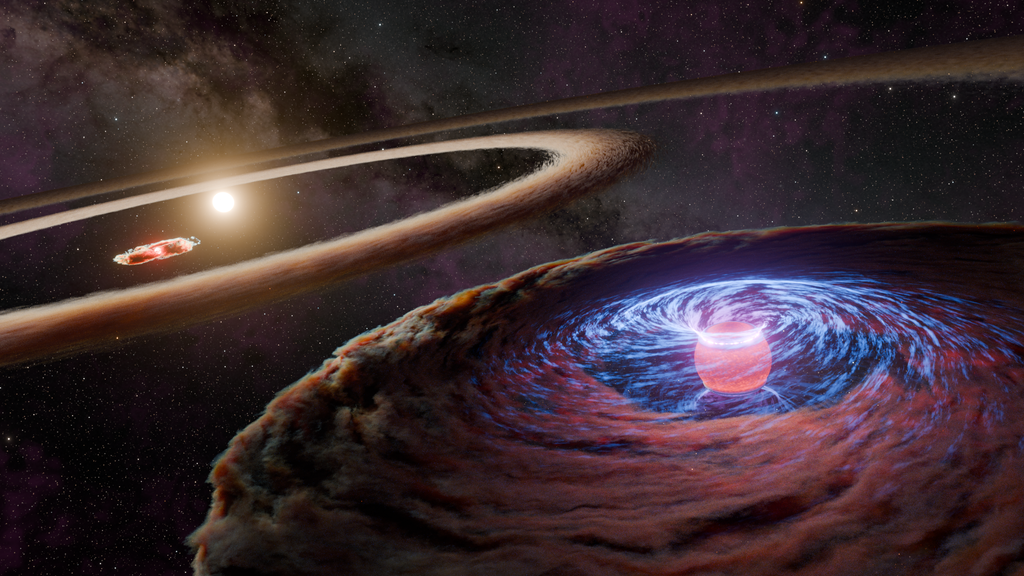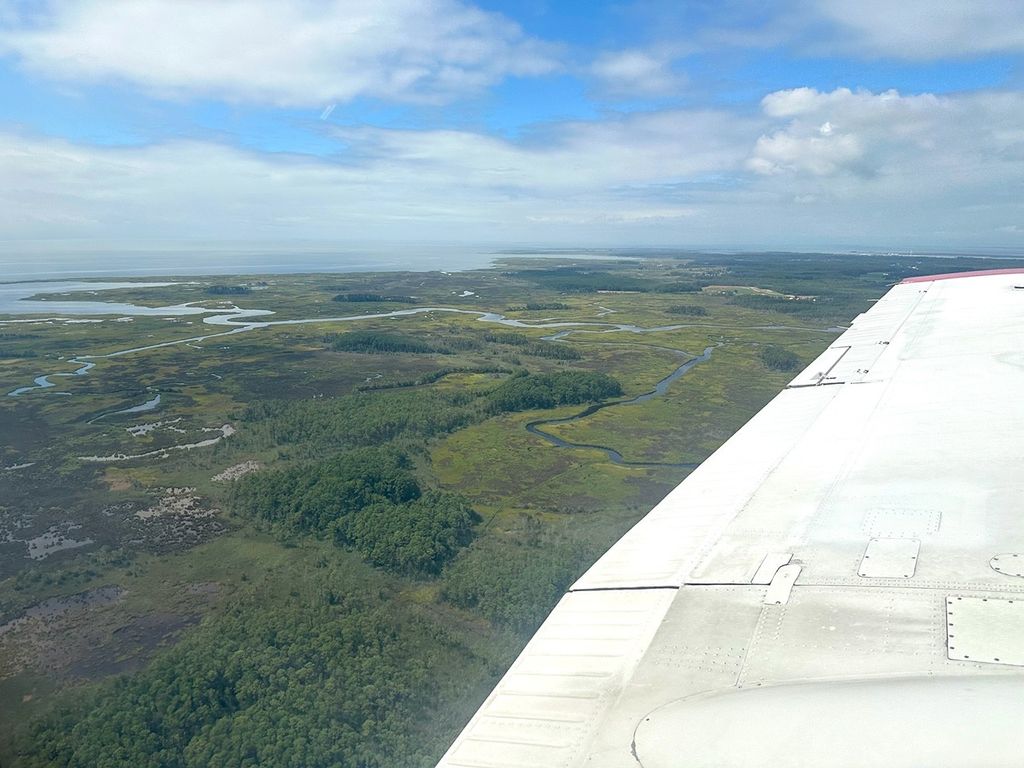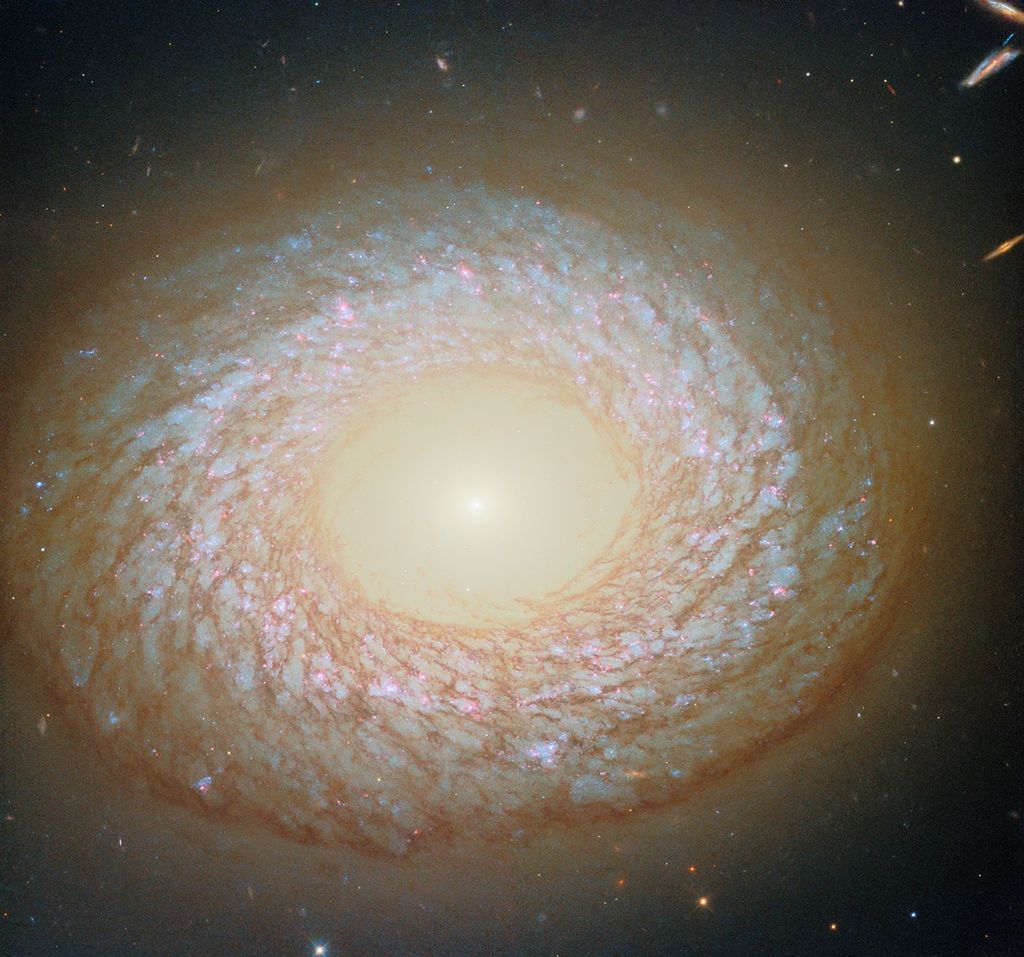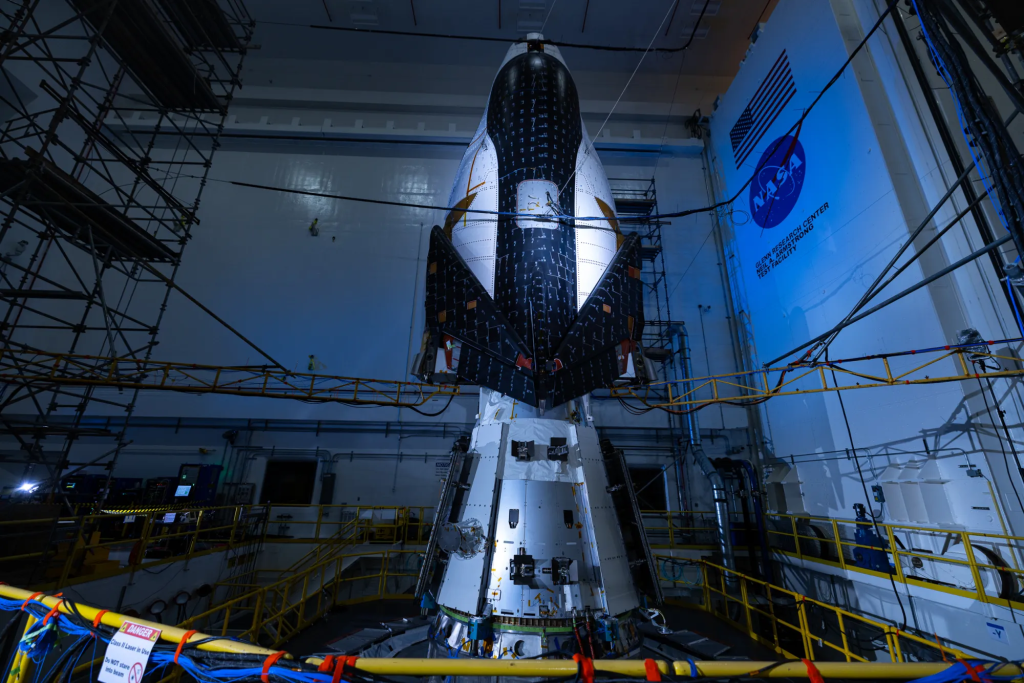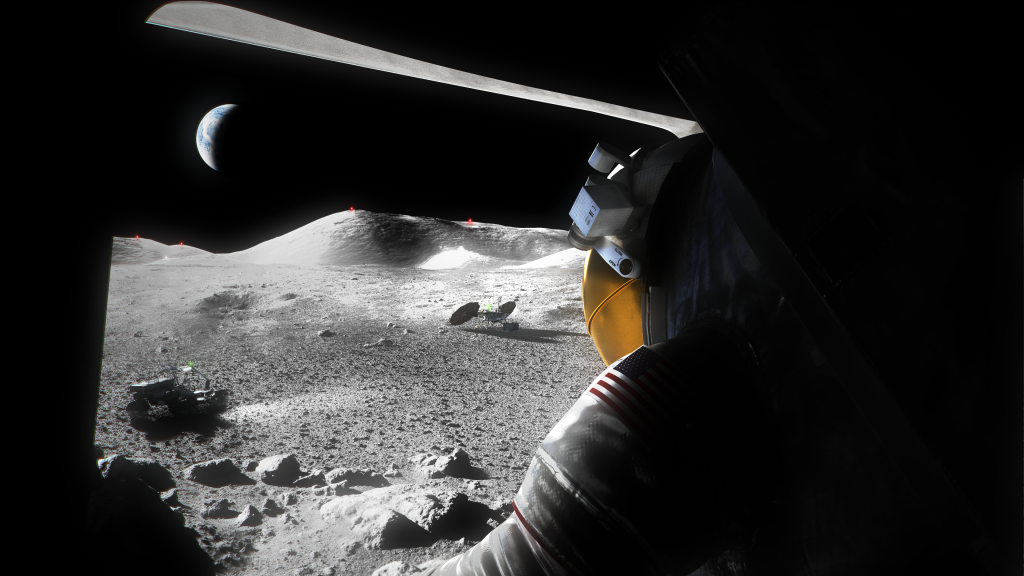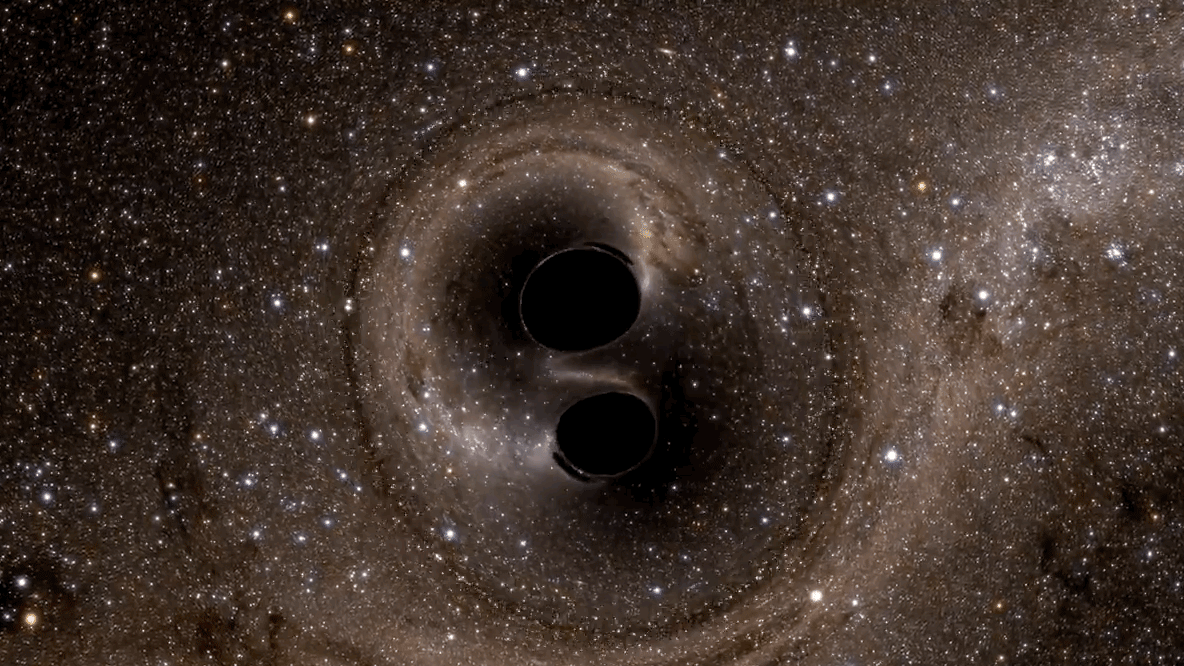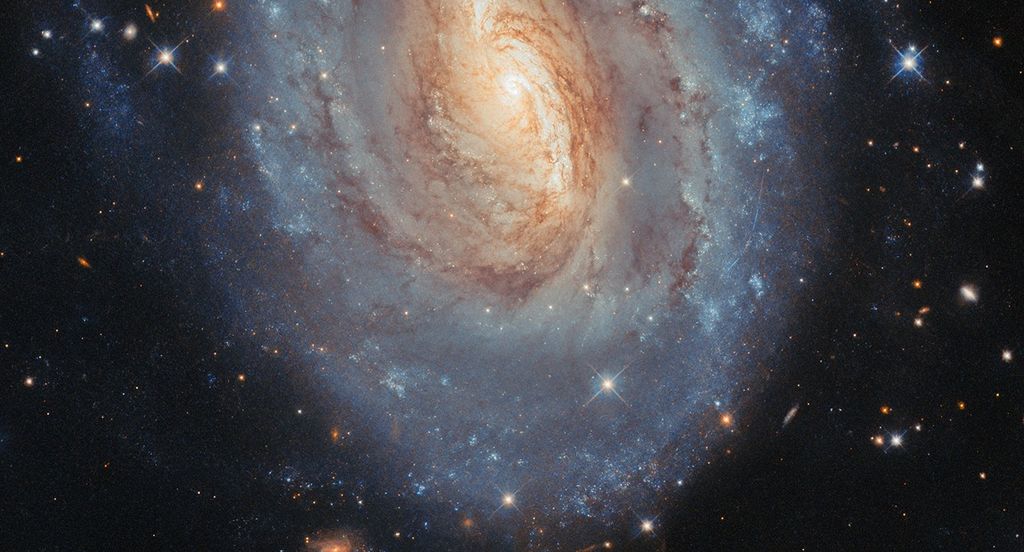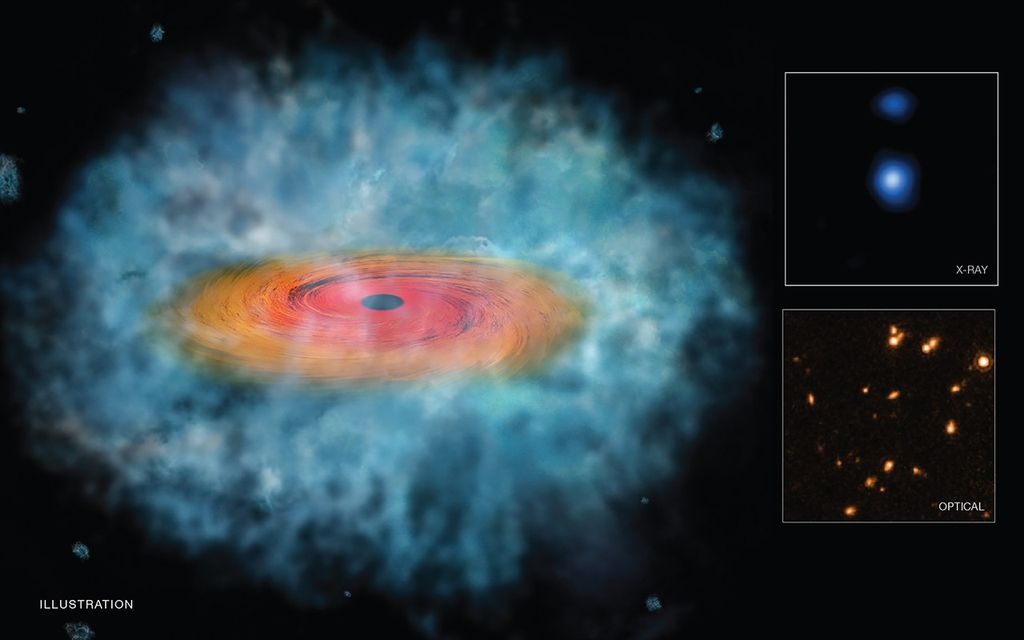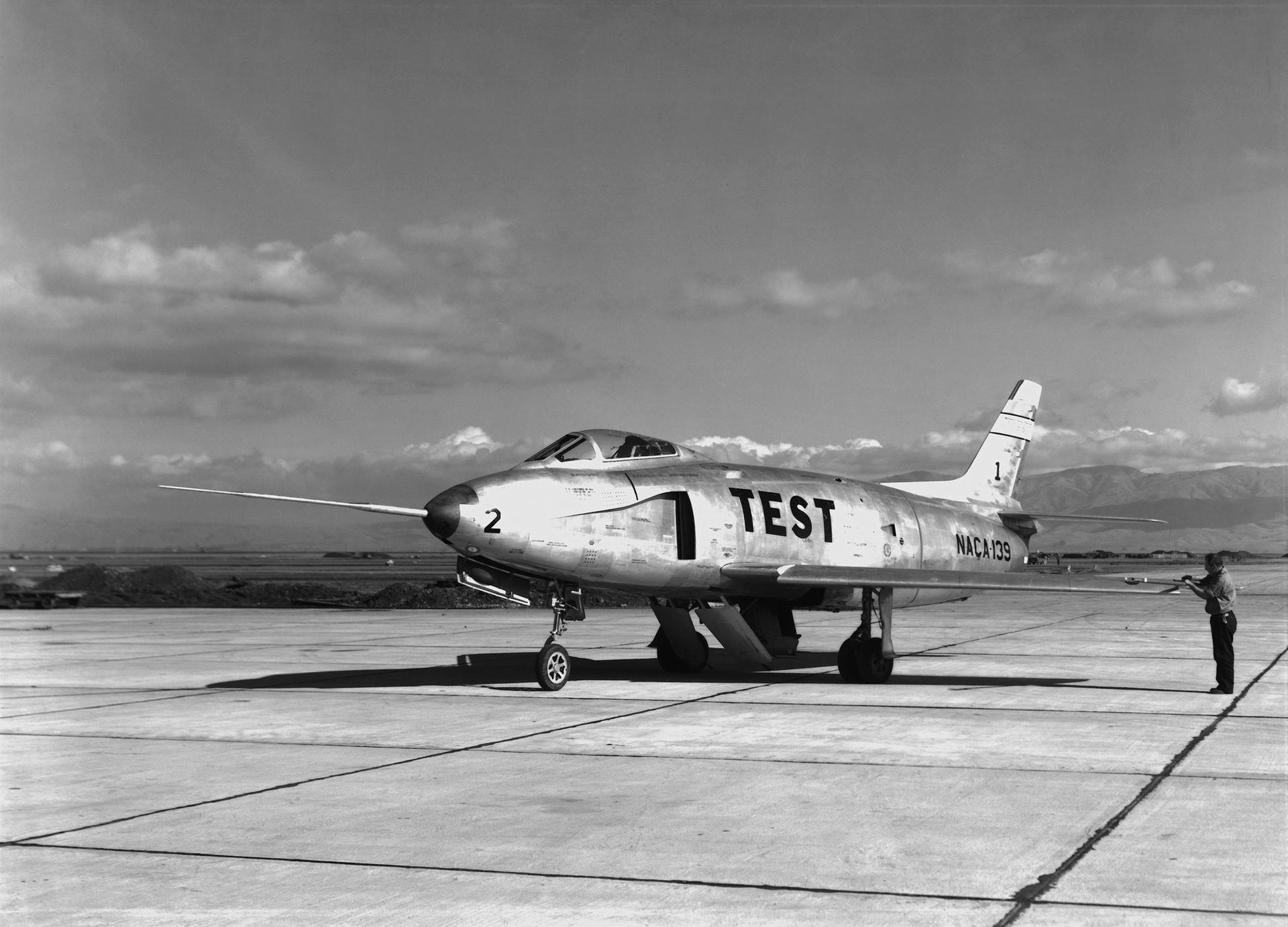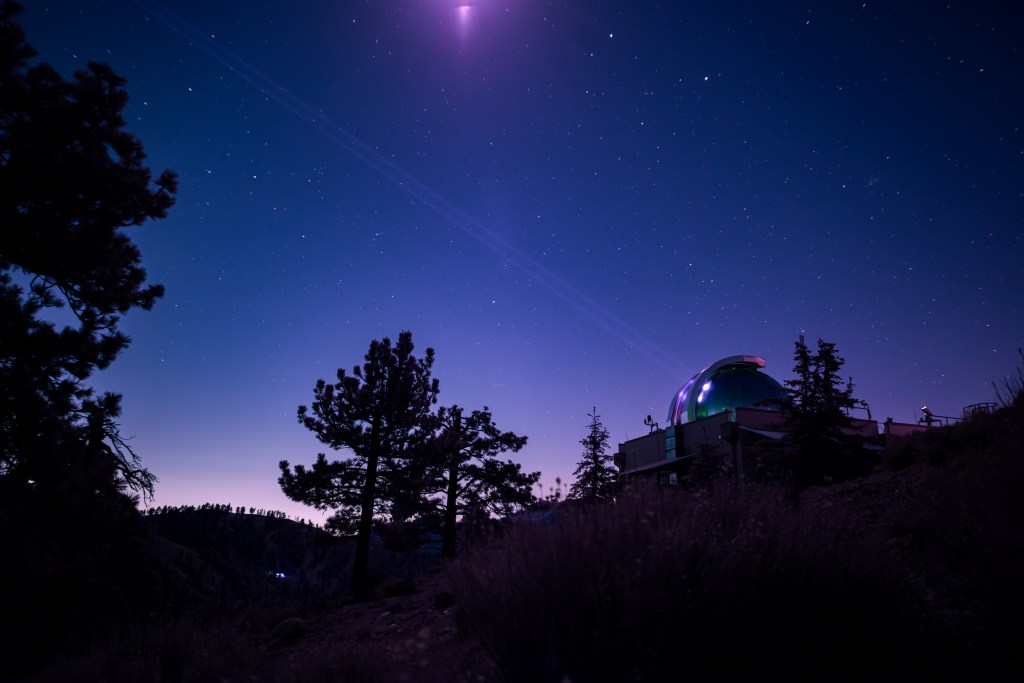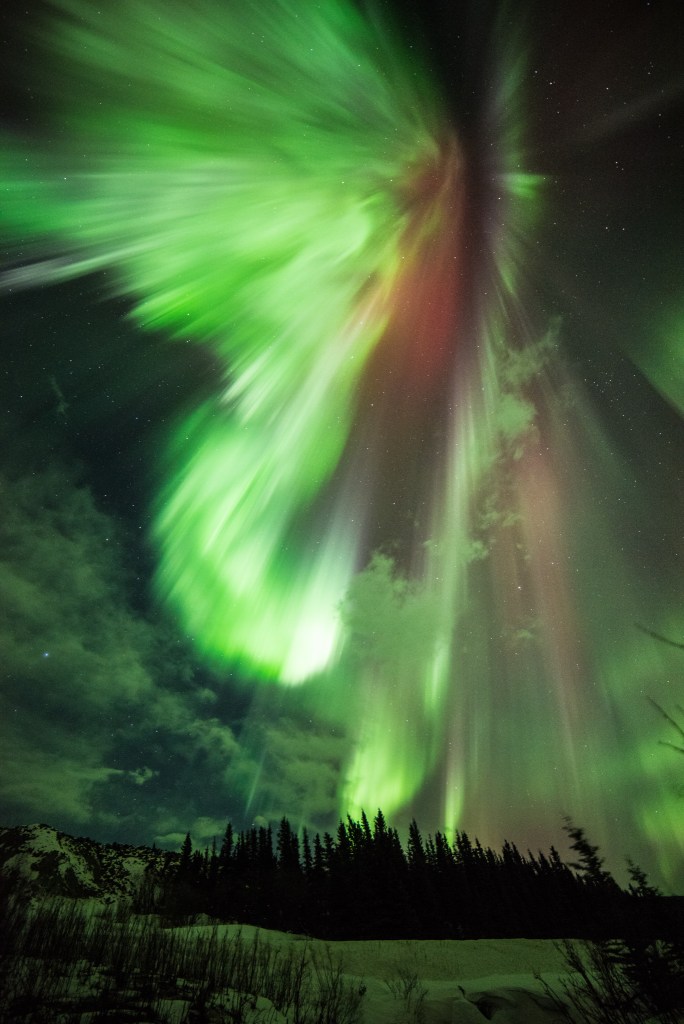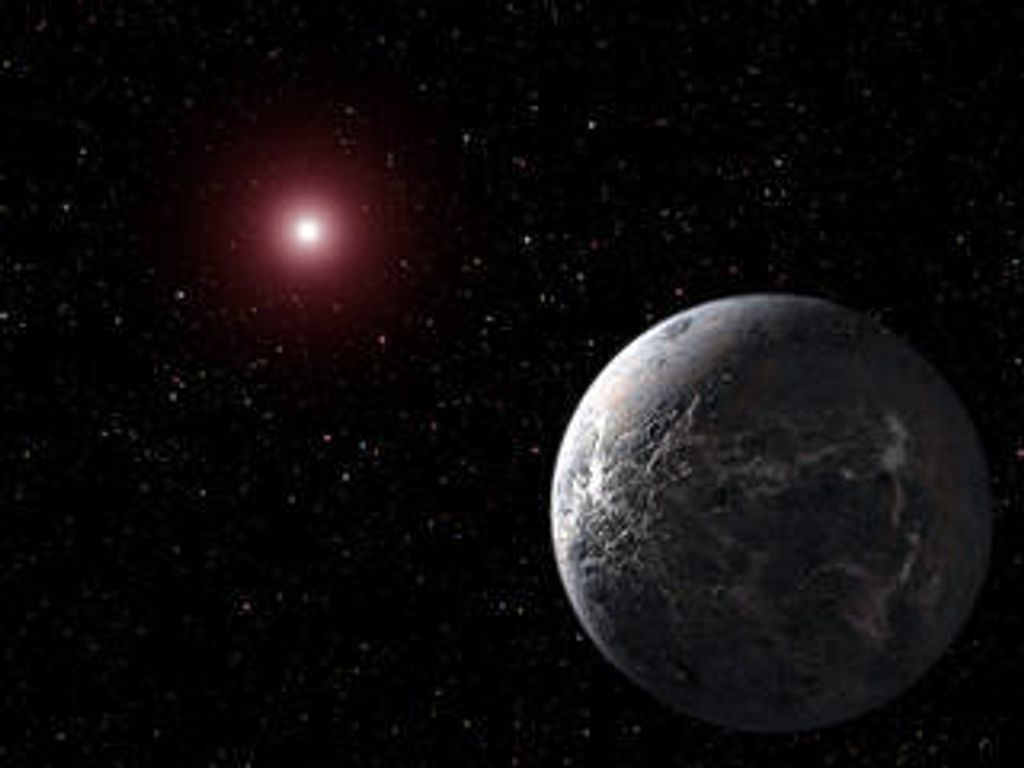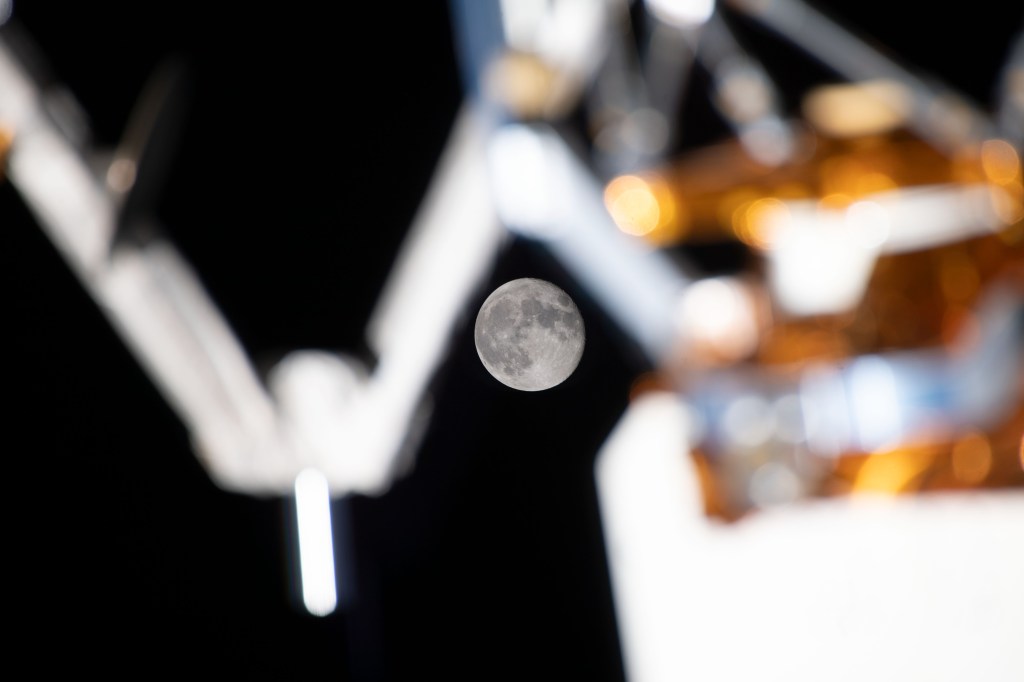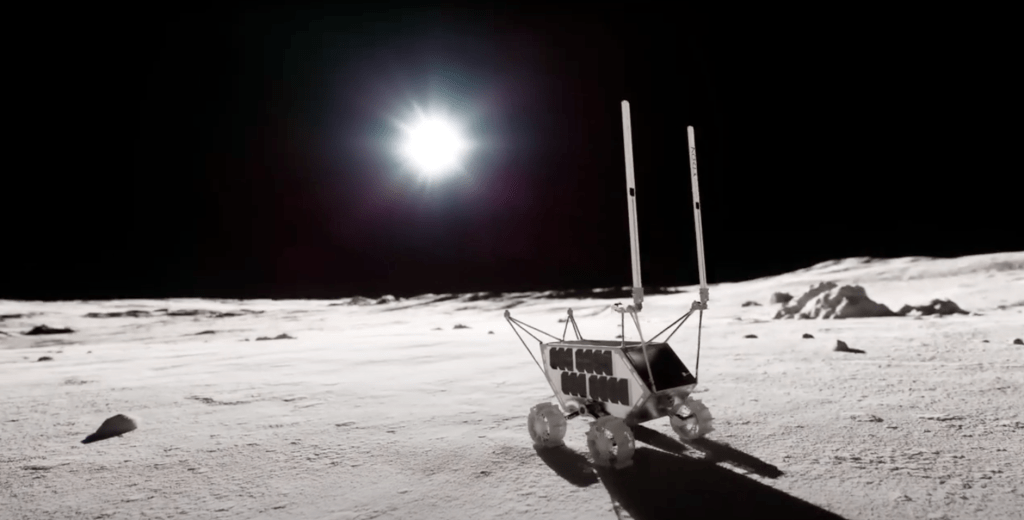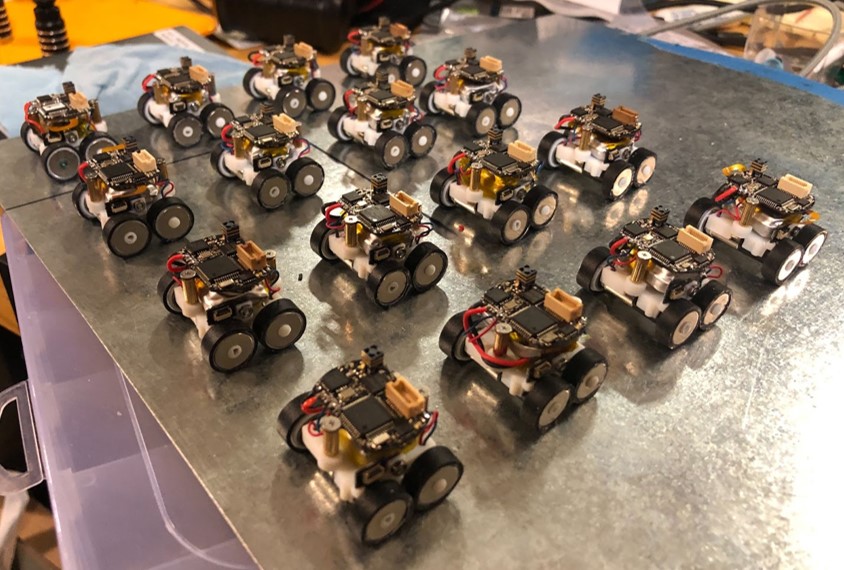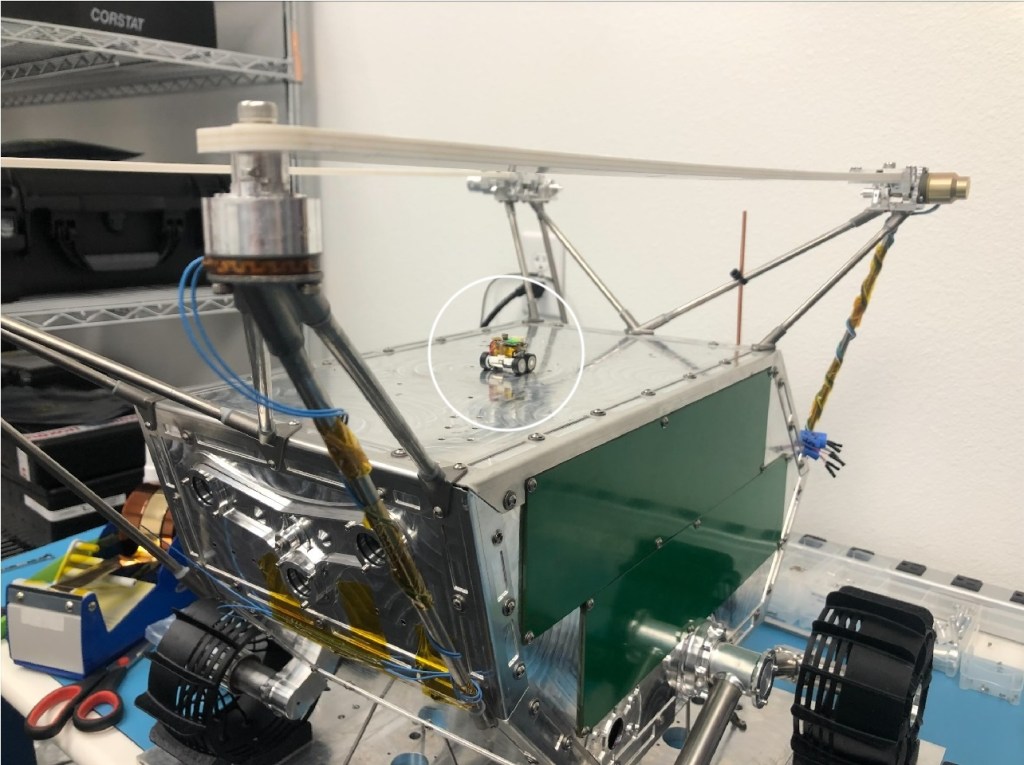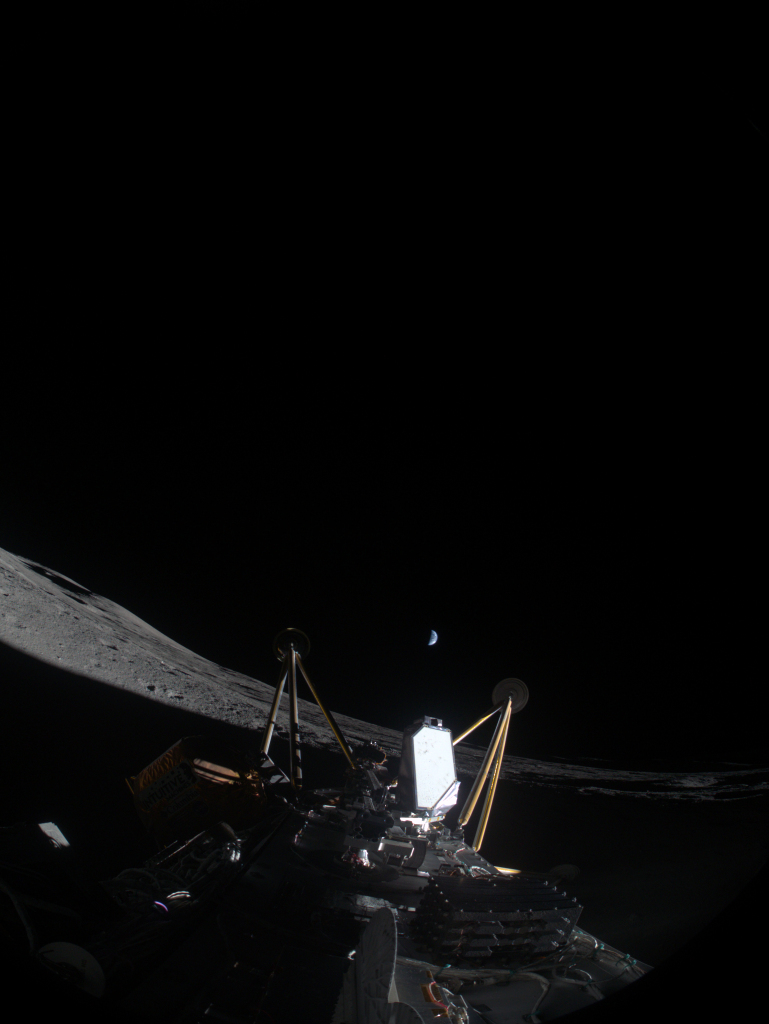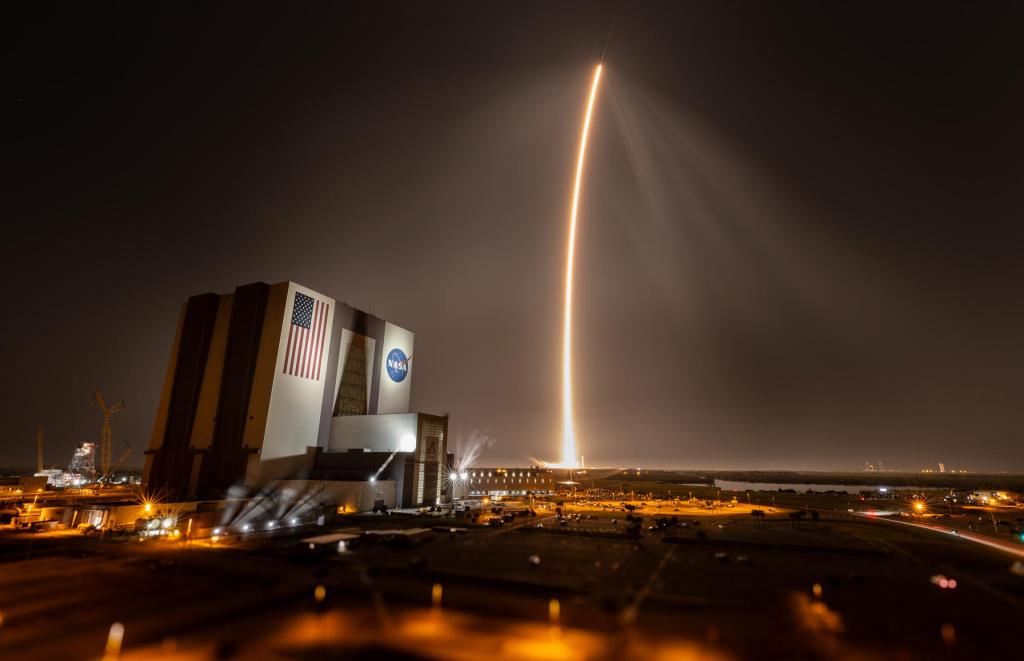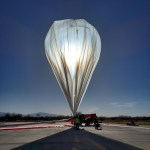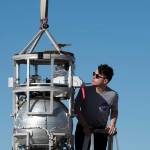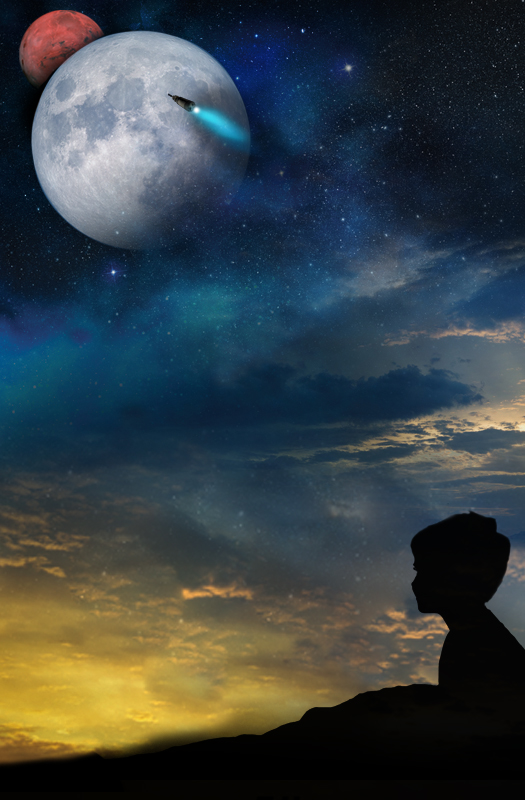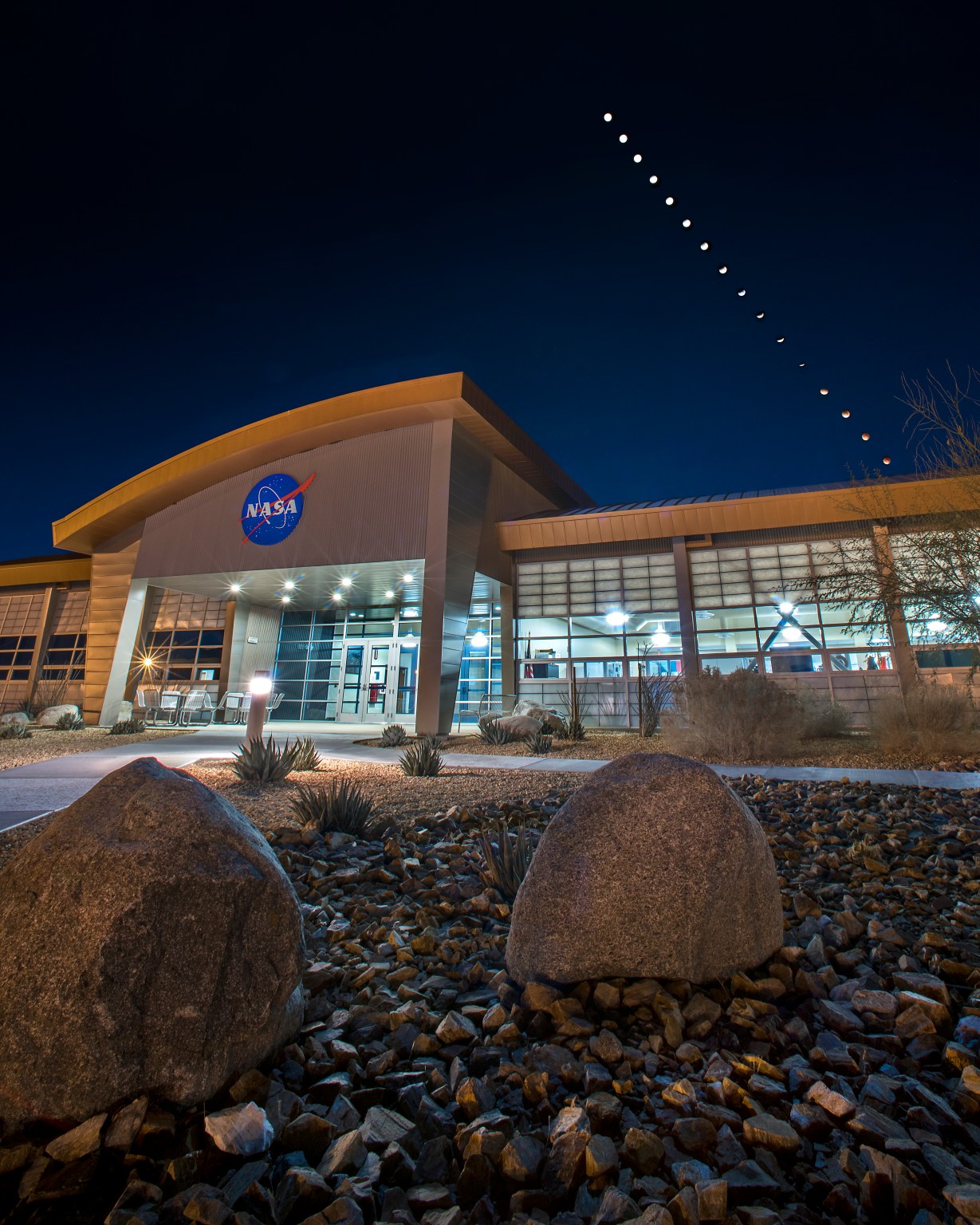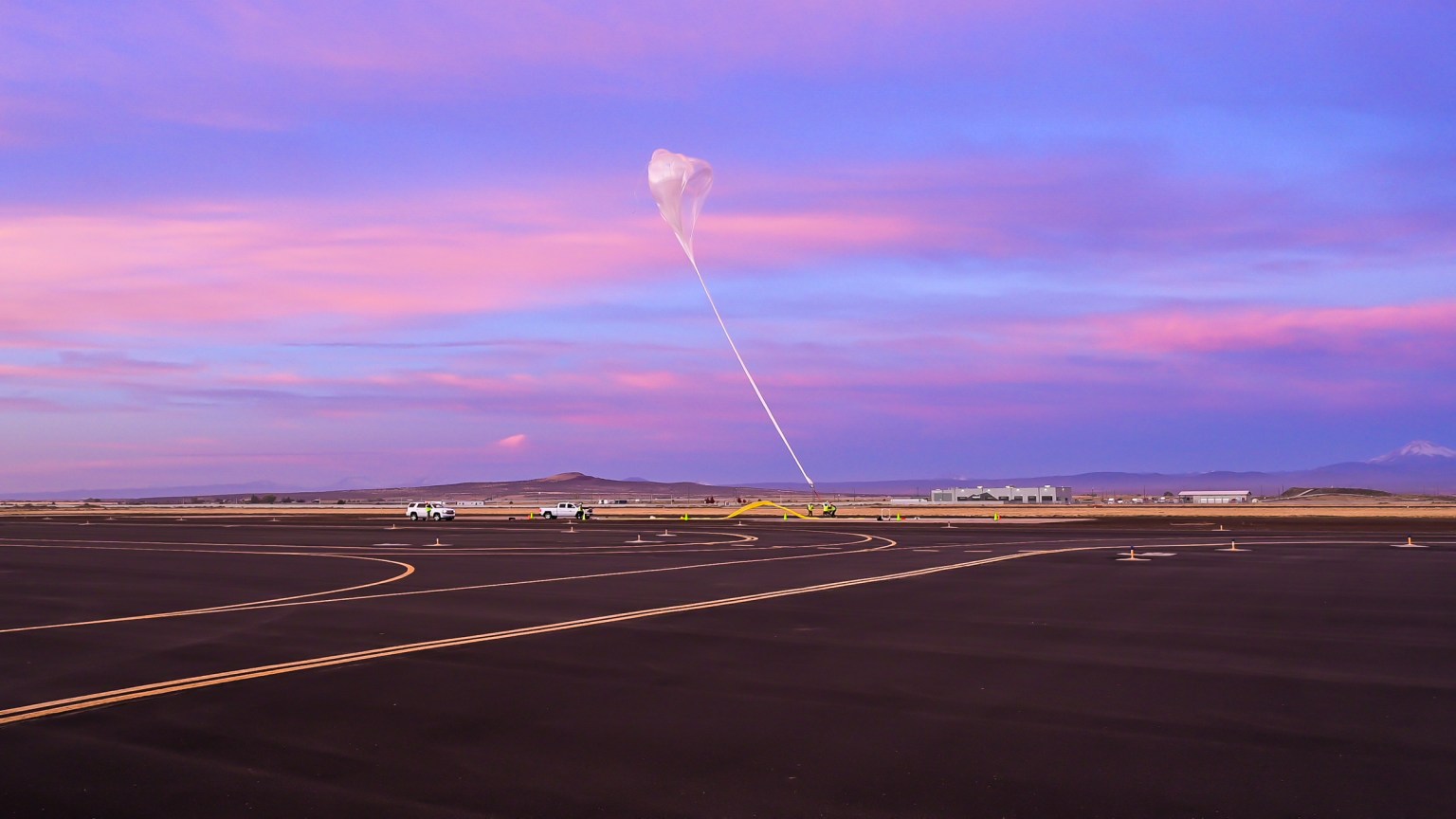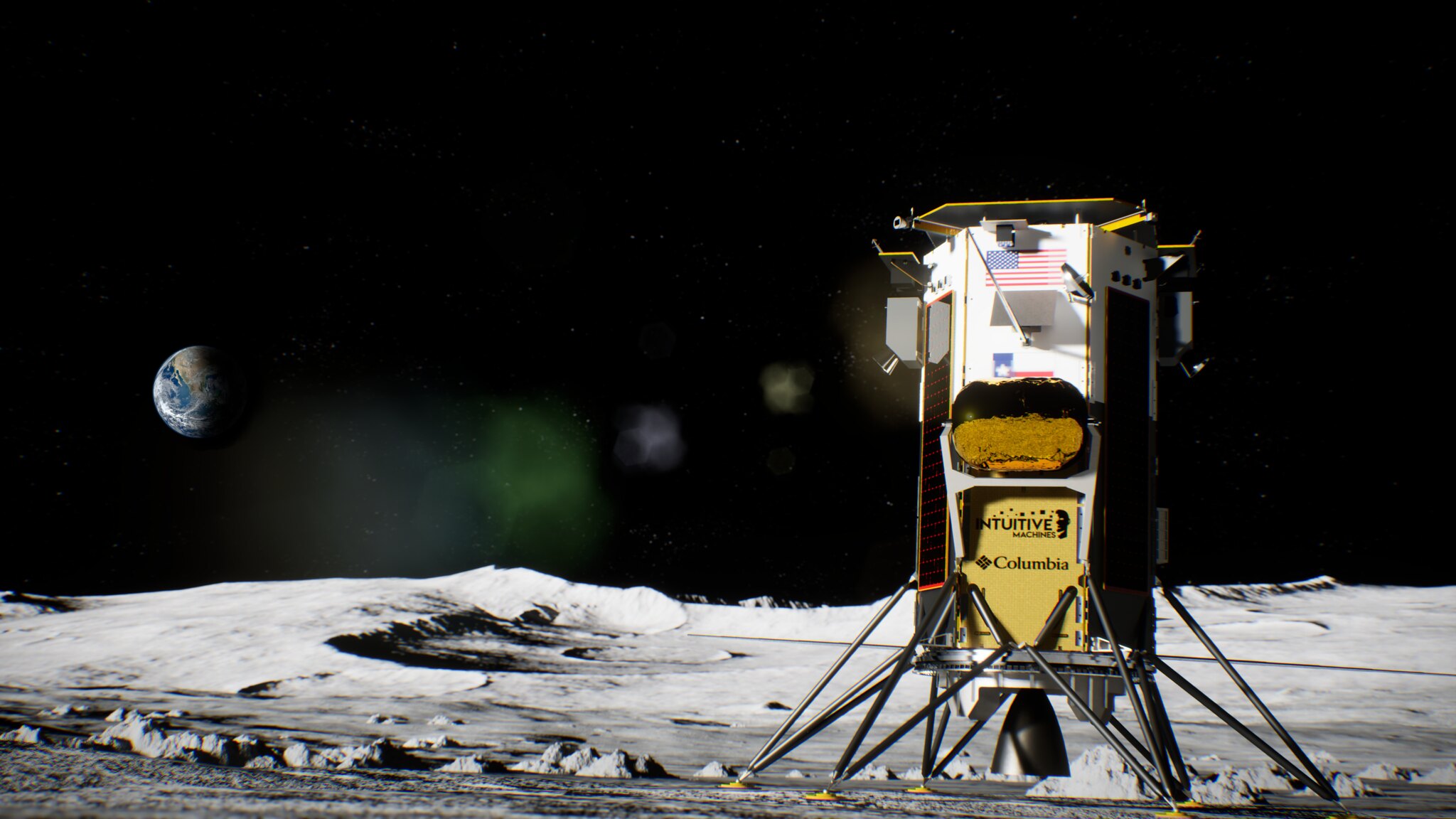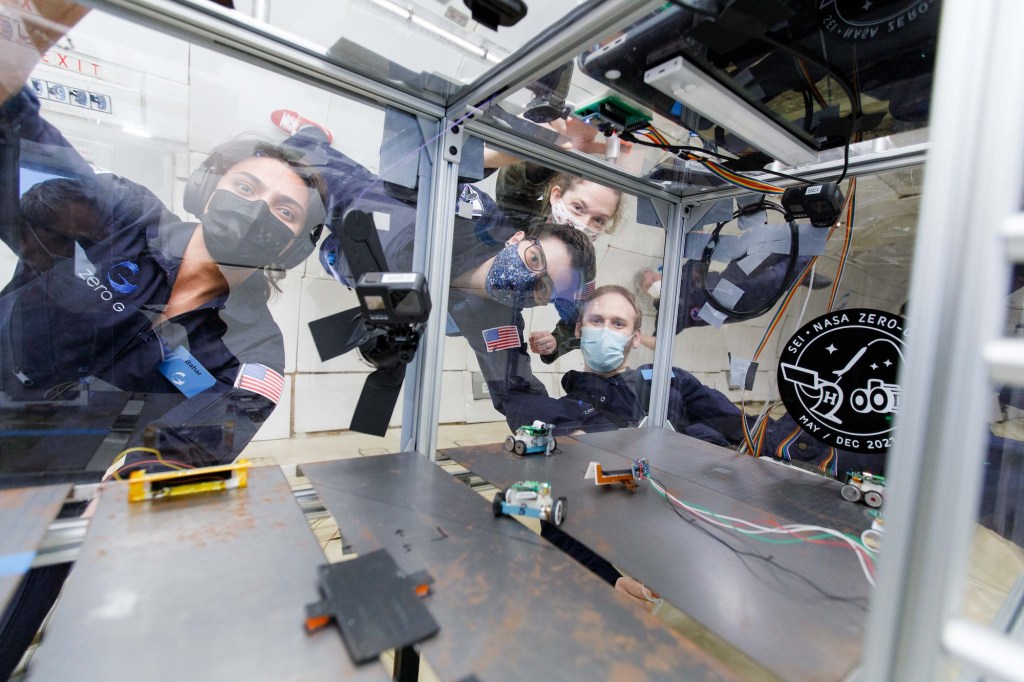
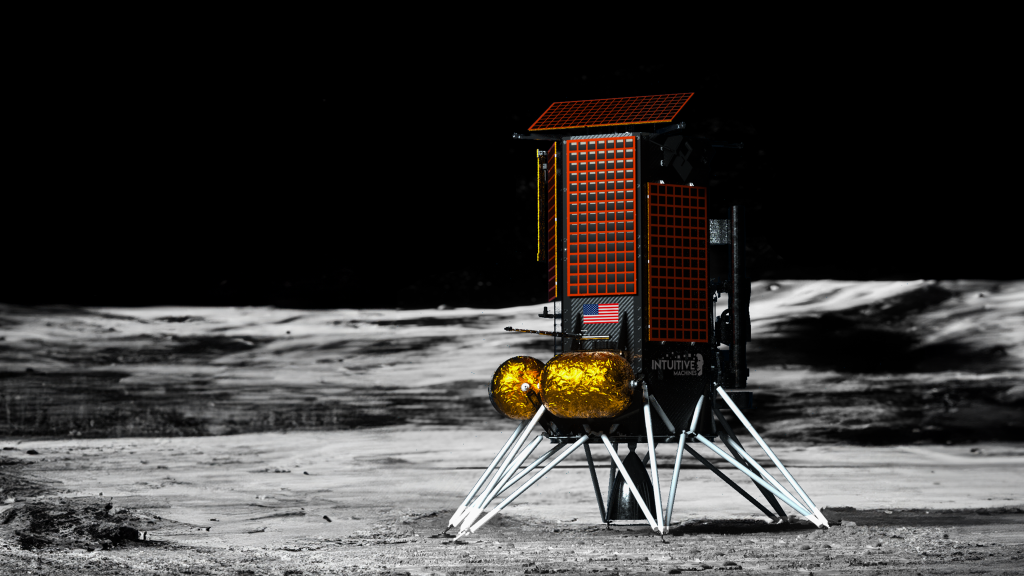
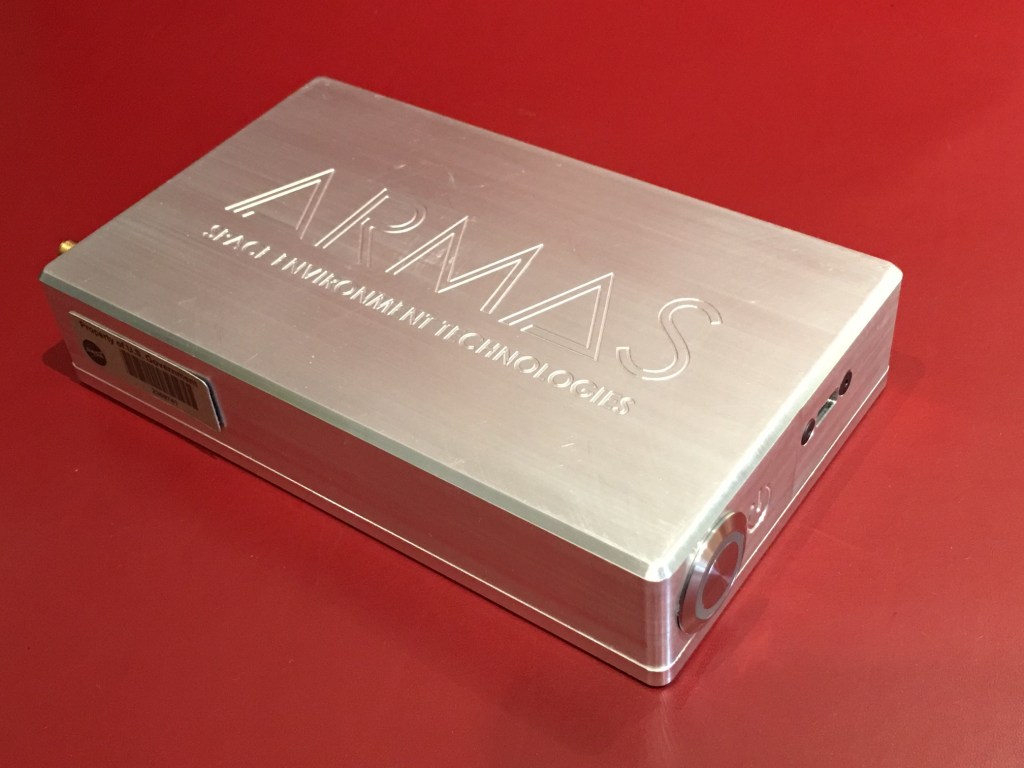
Flight-Tested Technologies for Safety in Space Go to the Moon
When the Intuitive Machines Nova-C lander launched to the Moon on February 26, 2025, its commercial payloads included two technologies that were advanced by NASA’s Flight Opportunities program: the Automated Radiation Measurement for Aerospace Safety, known as ARMAS, and a miniature rover called the AstroAnt. During Intuitive Machines’ second lunar delivery under NASA’s CLPS (Commercial Lunar Payload Services) initiative, these two innovations were poised to carry out tasks that hold promise for better protecting people and equipment as we venture farther and stay longer in space.
Both ARMAS (developed by Space Environment Technologies of Pacific Palisades, California) and AstroAnt (developed by MIT [Massachusetts Institute of Technology]) benefitted from testing through Flight Opportunities. With high-altitude balloons, 10-minute suborbital trips to space, and parabolic flights simulating a variety of gravity environments, Flight Opportunities testing helped take these innovations to their next level of maturity and demonstrated their readiness to go to the Moon.
IM-2 touched down inside a crater on the Moon on March 6, 2025. Because the lander was on its side, Intuitive Machines called an early end of mission that night.
ARMAS Radiation Monitoring | AstroAnt Miniature Robot | Related Flight News
ARMAS: Monitoring Radiation in Flight and on the Moon
With Flight Opportunities testing and support, research teams advanced the ARMAS sensor’s readiness to obtain radiation monitoring data during the 2025 lunar mission as well as in a commercial product here on Earth.
The ARMAS system monitors radiation in real time for long durations, providing data that can help protect both people and sensitive equipment. During the IM-2 mission, the goal of the lightweight ARMAS sensor was to measure radiation both en route to the Moon and on the lunar surface as part of the Freedom payload from Lonestar Data Holdings of St. Petersburg, Florida.
In addition to funding received from NASA’s SBIR (Small Business Innovation Research) program and Center Innovation Fund, testing with Flight Opportunities provided important lessons to advance ARMAS’s development. Multiple high-altitude balloon tests with Tucson, Arizona-based World View Enterprises, including a month-long flight in 2024 where ARMAS performed radiation monitoring around the clock at aviation altitudes, helped researchers both demonstrate the sensor’s capabilities and identify areas for refinement. ARMAS also took flight beyond the aviation environment aboard Blue Origin’s New Shepard reusable suborbital rocket system. The Blue Origin flights helped ready ARMAS to provide radiation measurements from outside the International Space Station in 2022.
The ARMAS technology has also launched into the commercial market, where it will fly as part of the Virgin Galactic Delta fleet and has conducted monitoring on some commercial airline flights — the type that millions of people take every day here on Earth. By helping us better understand radiation exposure on suborbital and aviation flights, ARMAS could help reduce flight crews’ risk for certain types of cancer that may be linked to radiation exposure.
W. KENT TOBISKA
Space Environment Technologies
Flight Testing
2018 to 2024
No. of Flights
4
Vehicle Platforms
High-Altitude Balloons and Suborbital Rocket
More on ARMAS and Its Flight Testing
AstroAnt: Miniature Robotic Diagnostics and Service
The AstroAnt began with an idea inspired by science fiction and became real through construction in a laboratory. By testing with Flight Opportunities, AstroAnt demonstrated its readiness to roll out of the laboratory and onto a rover on the Moon as well as in the commercial market.
The AstroAnt is a miniature robot resembling a high-tech toy car that fits in the palm of your hand. On the IM-2 mission, it was to begin its work when the rover from Arvada, Colorado–based Lunar Outpost rolled out of the lander and onto the lunar surface. There, an AstroAnt would have moved across the top surface of the rover, making contact-less temperature measurements of the rover’s radiator — one of its most crucial systems. These data would help with monitoring the rover’s thermal system and could be used to inform NASA’s Artemis III crewed mission.
Flight Opportunities enabled testing of AstroAnt in 2021 in simulated lunar, Martian, and microgravity aboard a Zero Gravity Corporation aircraft flying up-and-down maneuvers called parabolas. In these reduced gravity environments, MIT researchers demonstrated rapid robot mobility and controlled traction for lunar spacecraft diagnostics and servicing.
On Earth, AstroAnt is marching ahead with efforts to provide diagnostics and service in the commercial market. Using lessons and technologies from AstroAnt, the MIT researchers have launched a spinout company to provide scalable systems that coordinate robotic activities in a safe and secure manner for commercial use.
JOSEPH PARADISO & ARIEL EKBLAW
MIT Media Lab Space Exploration Initiative
Flight Testing
2021
No. of Flights
4
Vehicle Platform
Parabolic Aircraft
More on the AstroAnt payload and the Lunar Outpost rover
Media
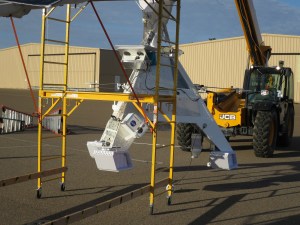
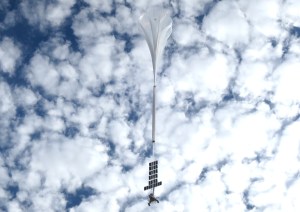
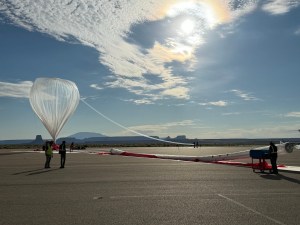
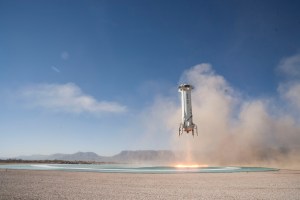

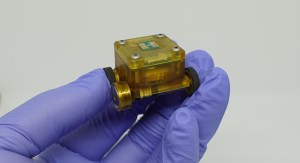
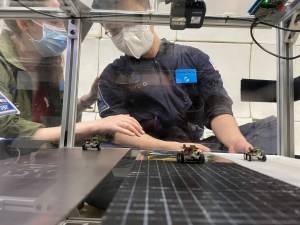
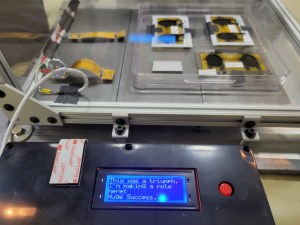
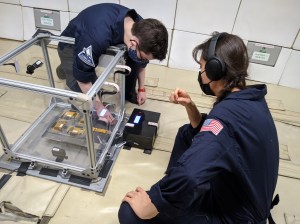
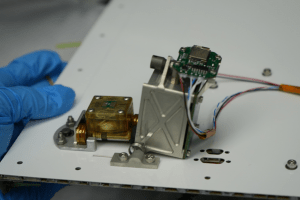
Photos in media gallery courtesy of: Sean Bryan, Arizona State University; Blue Origin; Intuitive Machines; MIT Media Lab Space Exploration Initiative; World View; and Zero Gravity Corporation.

